Right now, digitalisation is transforming firms but progress on risk and compliance has lagged behind other disciplines thanks to a reliance on manual processes. This is despite an ever-changing regulatory landscape and the risk of penalties that is unlikely to lessen during the pandemic. Keith Tilley, CEO, Intoware explains how digital ‘tools’ can not only safeguard workers, but deliver competitive advantage.
Managing compliance checklists can be challenging, particularly if you are a large business with geographically dispersed sites. Differing local regulations increase complexity, this means in some cases different processes must be implemented making operations costly. The ability to report on compliance accurately, with granular and timely data has become an increasing priority for senior managers, particularly post-Brexit.
Health and safety procedures, compliance and audit checks are often frequent and detailed. Unless these processes are digitised, they create huge volumes of paper which are difficult to track and impossible to measure accurately. Done digitally however, anybody from the worker, to the supervisor or auditor can see the characteristics of a check in ‘real-time’, the impact it has and provide digital evidence, such as a photos, videos or data, to know if it’s done correctly – all in a faction of the time, this is how it works.
On the factory floor WorkfloPlus from Intoware combined with wearable tech featuring augmented (AR) reality can help to streamline inspection and compliance audits. This is achieved by allowing frontline workers to see the physical world in video and annotate physical objects, using a mobile (Android and IOS), tablet or head mounted device. It enables them to capture every step of an inspection audit by creating digital instructions for others to follow, from a manufacturing plant here or with supervisors on the other side of the world.
SAFEGUARDING YOUR BUSINESS WITH COLLABORATIVE WORKING
But how do digital technologies help frontline workers complete audits efficiently and safely during the pandemic? Here is a frontline worker scenario: At the manufacturing plant, Sarah wears her Realwear HMT-1 (head mounted tablet) attached to a hard-hat to be allowed access to the site. Once inside she logs on securely through her wearable device so she can work ‘hands-free’, receiving voice commands from her manager at HQ with guided instruction via indoor maps that provide her with the locations of her colleagues, to ensure that social distancing is maintained.
Sarah walks to the machinery for a routine inspection, having found a faulty component, she searches for information on the specific part she needs to pick up from the storeroom. Before starting the repair, she is given important safety instructions. As Sarah is a new recruit, she also benefits from a live two-way video call with her supervisor to get valuable hands-free coaching advice. Sarah also receives step-by-step visuals and guided work instructions that help her to safely finish the job. Once completed she updates the system so it is clear ‘who’ did ‘what’ and ‘when’ is shared with her co-workers providing a thorough feedback loop.
Government rules currently state that it is not safe to be within two meters of another person and we are not be able to touch devices without wiping them down when doing an inspection. The pandemic has made everything more challenging, so contactless solutions such as ‘hands-free’ HMT-1 headsets are increasingly being used to safeguard lives.
A SINGLE SOURCE OF TRUTH
For effective compliance you need precision, to be systematic and up to date. This can be done using spreadsheets or pen, paper and clipboards but these methods require human input and humans make mistakes. Digitalisation takes away the hassle of managing compliance processes, mitigating the risk of failure, saving you having to remember everything and it can even facilitate a more pro-active approach to compliance.
The speed of change is rapid too, a change to the audit process is sent by WorkfloPlus to frontline workers instantly, providing a “single source of truth”, it is not sent as a paper trail, so everyone is working off the same version. This means it is easier to schedule downtime for repairs and manage production demands as things change. But if you are relying on spreadsheets or written notes, this change could take many days or even weeks.
DIGITALISATION INCREASES GxP (GOOD PRACTICE) COMPLIANCE
Digitalisation can also help better support industry standards and protocols such as GxP required for pharma, medical device and food manufacturing to ensure products are safe, effective and useable.
GxP refers to ‘good practice’ guidelines, where (x) is the discipline e.g..food manufacturing. These practices are shaped by regulatory requirements to create a knowledge bank that determines how outcomes are achieved and quality requirements are upheld. Strict adherence to these standards is essential if you are to continue to operate.
To be compliant with GxP you need to specify, document and log every critical action made by each employee in the development, manufacture and delivery of a product or project by every employee and in a way that is auditable – if it is not documented, it did not happen.
With WorkfloPlus you can facilitate ‘good practice’ as it provides the right ‘tools’ to deliver visibility and accountability right across your operations by ensuring your processes are always ‘fit for purpose’ and there is no variation in product quality.
Forward-thinking Bayer Pharmaceuticals is deploying WorkfloPlus with HMT headsets from Realwear to help streamline and manage its production change over process, in what is a highly regulated market.

Drug manufacturing operations require regular cleaning and change overs between each batch, by using WorkfloPlus it allows this procedure to be taken in a constant and timely manner, to help minimise “down-time” for greater cost efficiency, while at the same time it provides thorough audit checks that satisfy GxP compliance better than any paper ‘tick-list’ could deliver.
SUMMARY
Most industries face similar risks, but knowing more about how regulatory compliance issues may occur and the consequences of failing to manage them quickly and effectively, will enable you to keep in business and avoid being at risk of fines.
Firms that digitalise will be able to consider each new compliance requirement based on their priorities and the volume of work required. This means that you can get ahead of those competitors that still rely on manual, time-consuming paper-based methods. The value of digitising compliance and risk should not be underestimated.
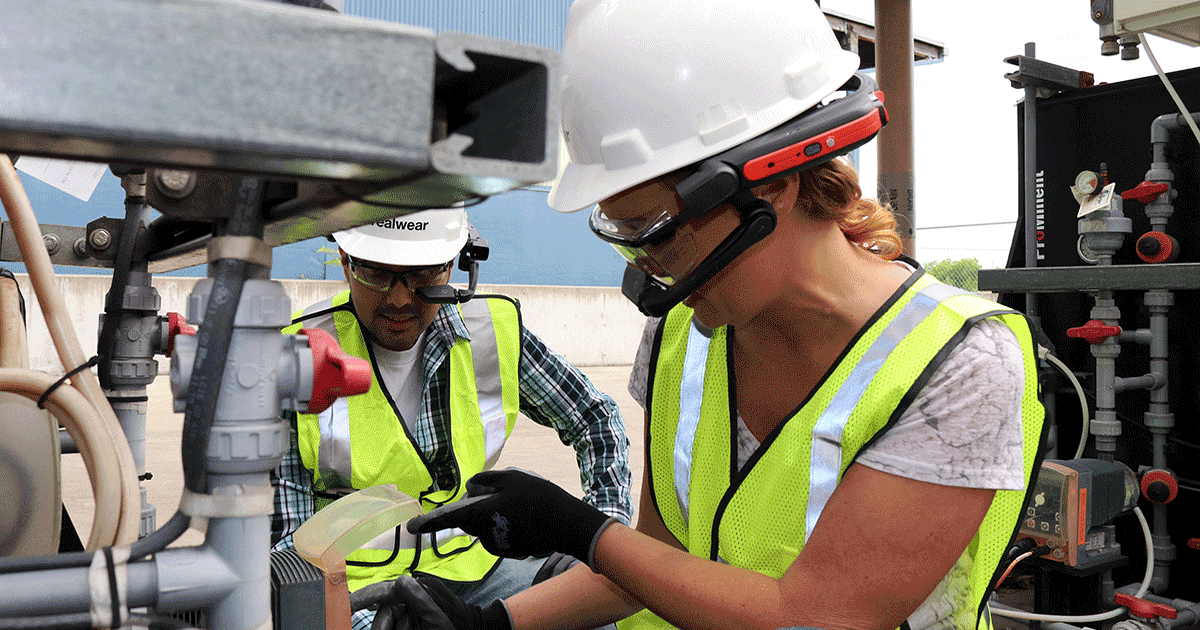



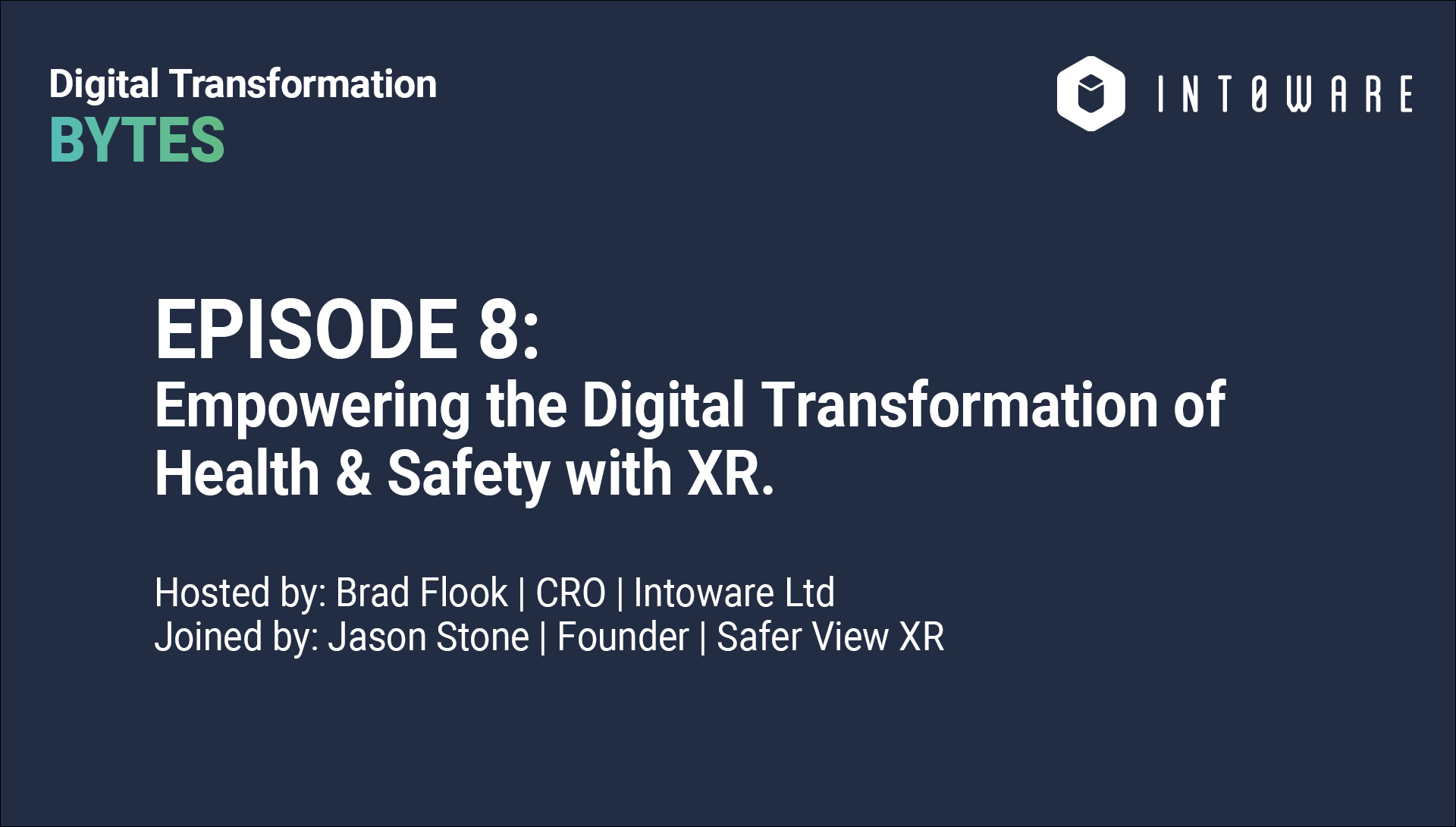









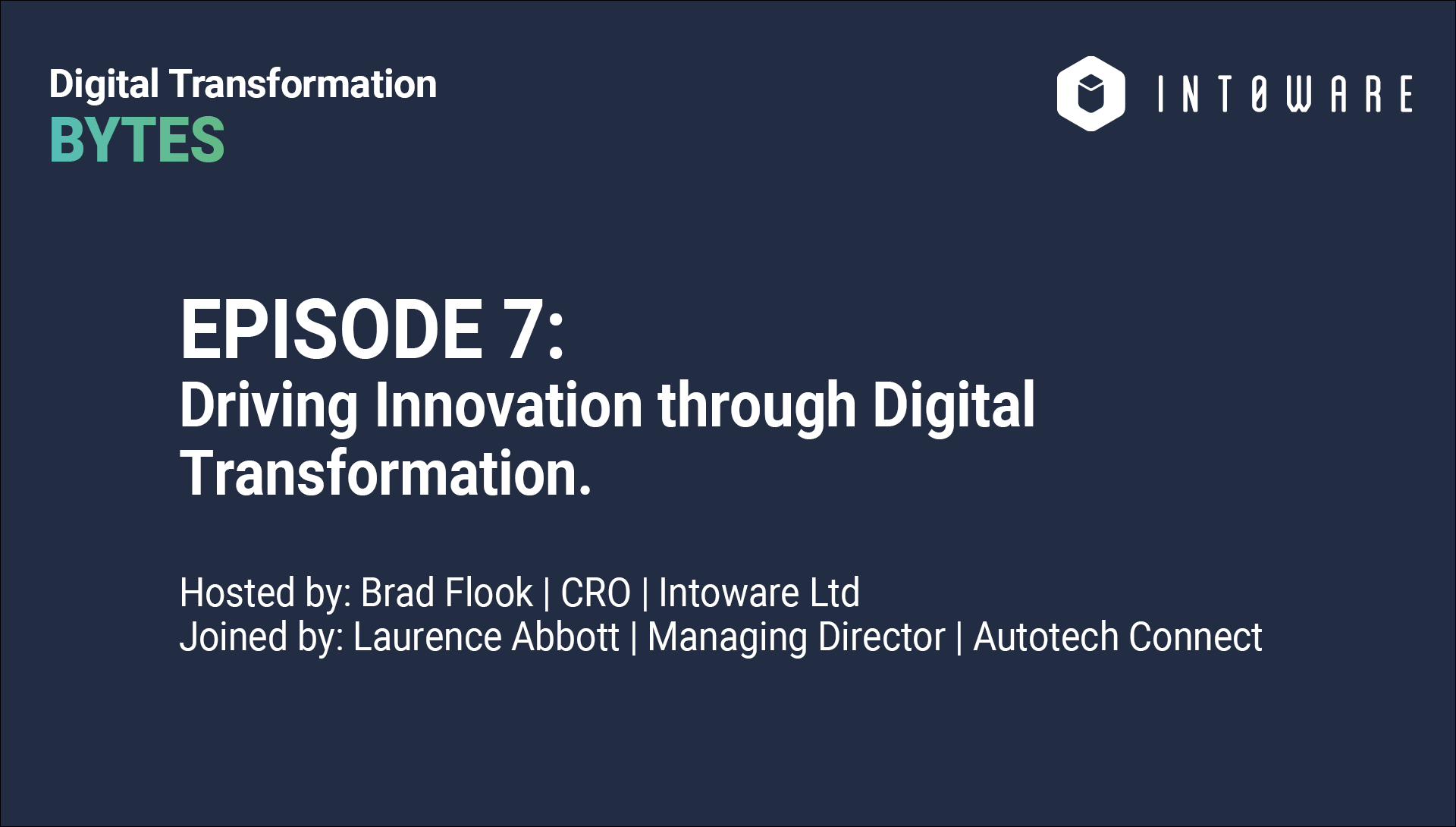



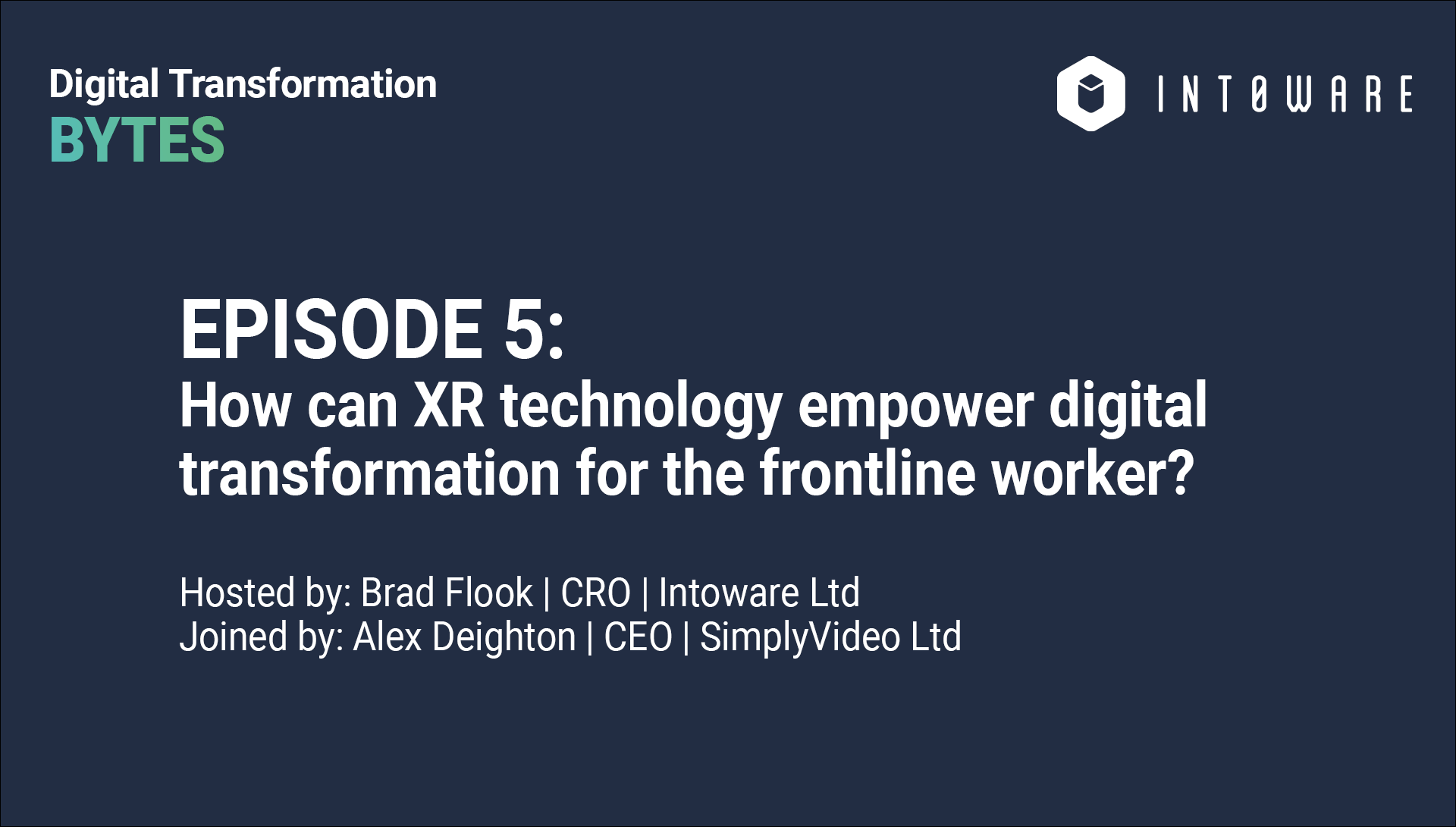

















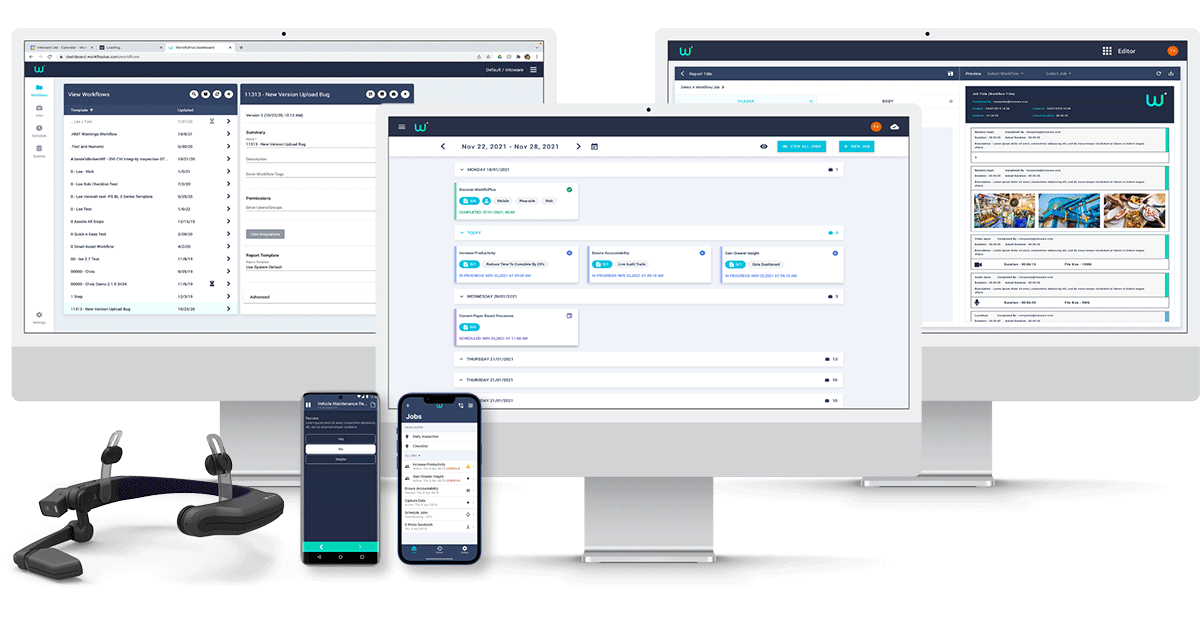


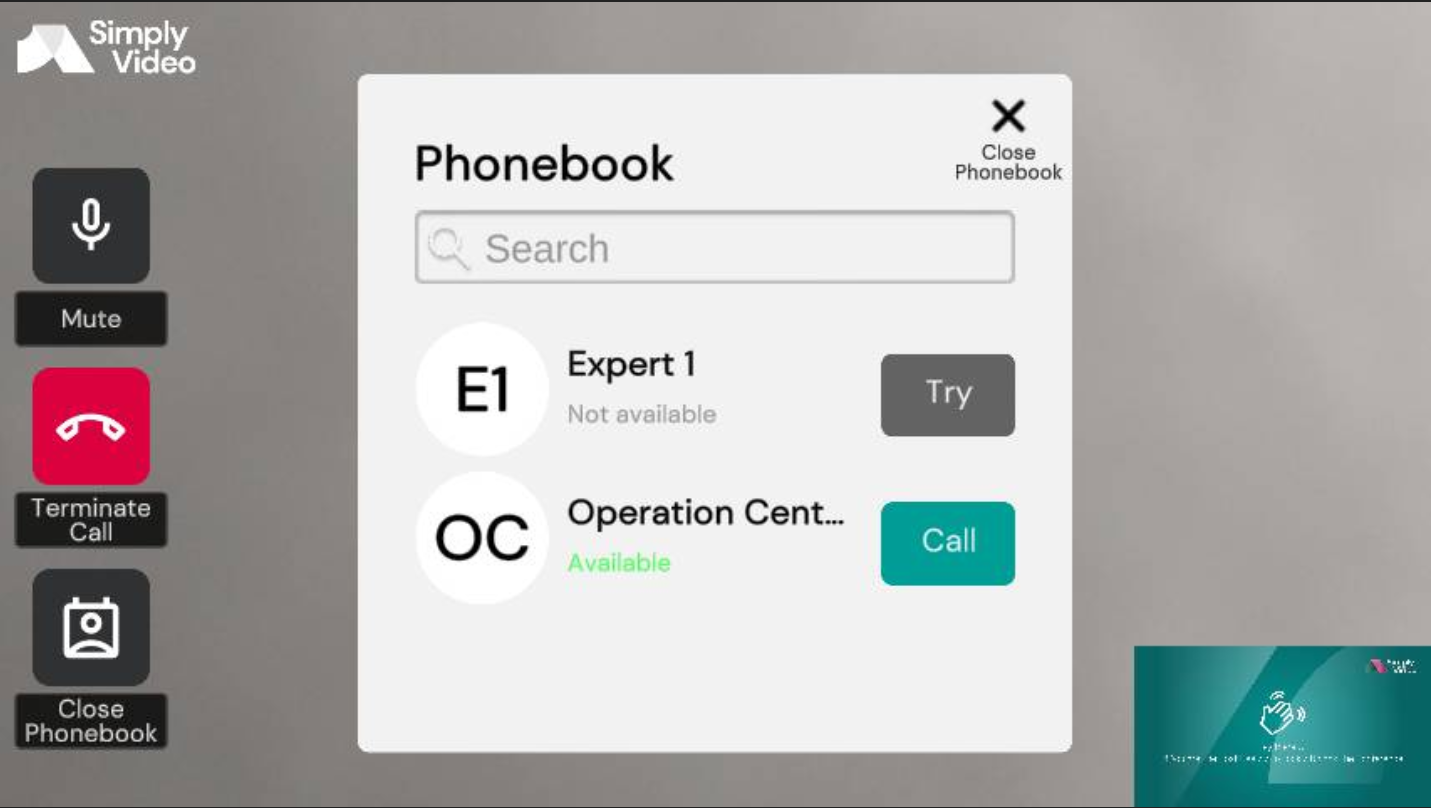








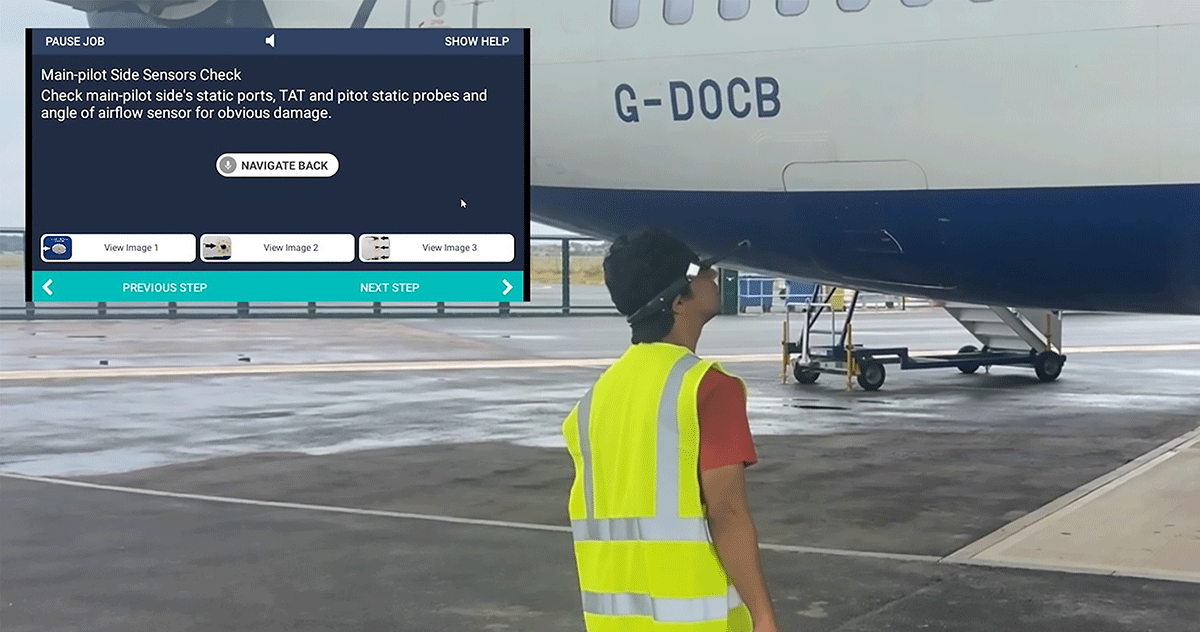
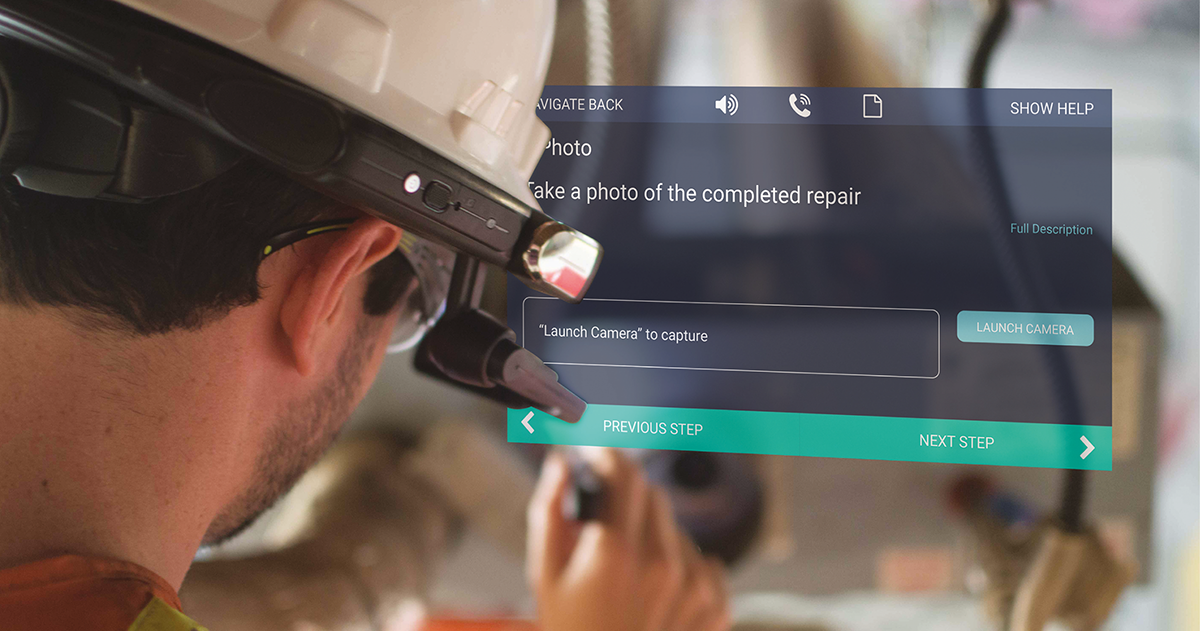























.jpg)






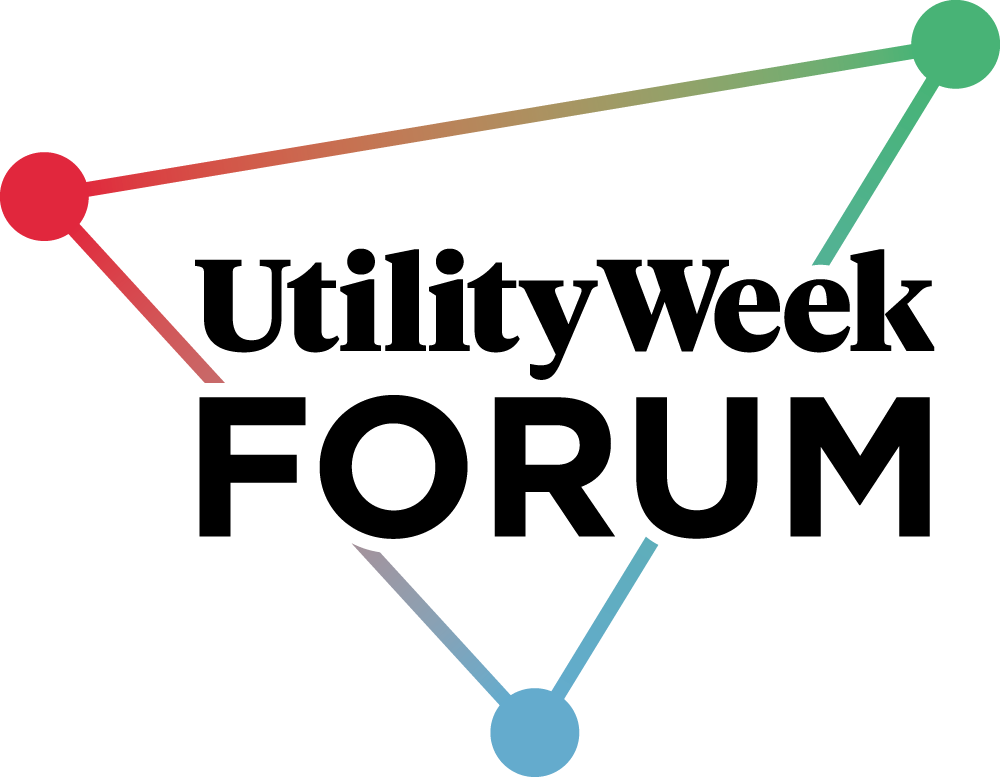



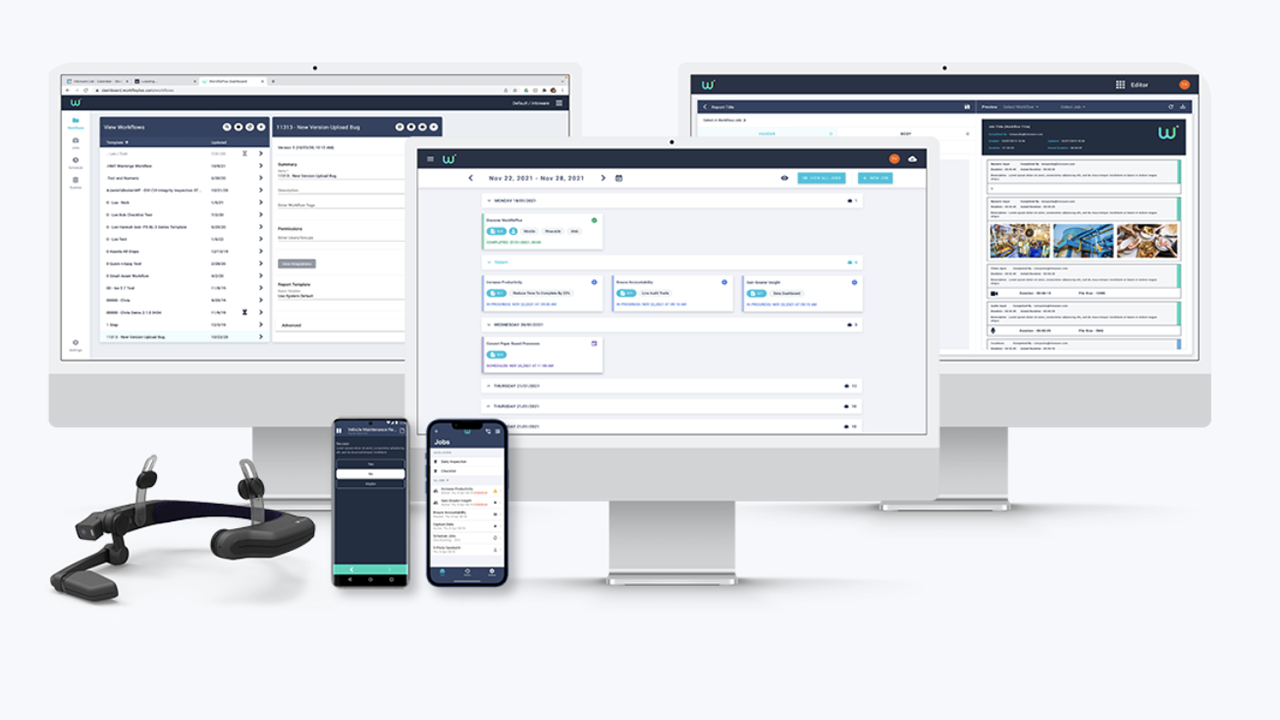



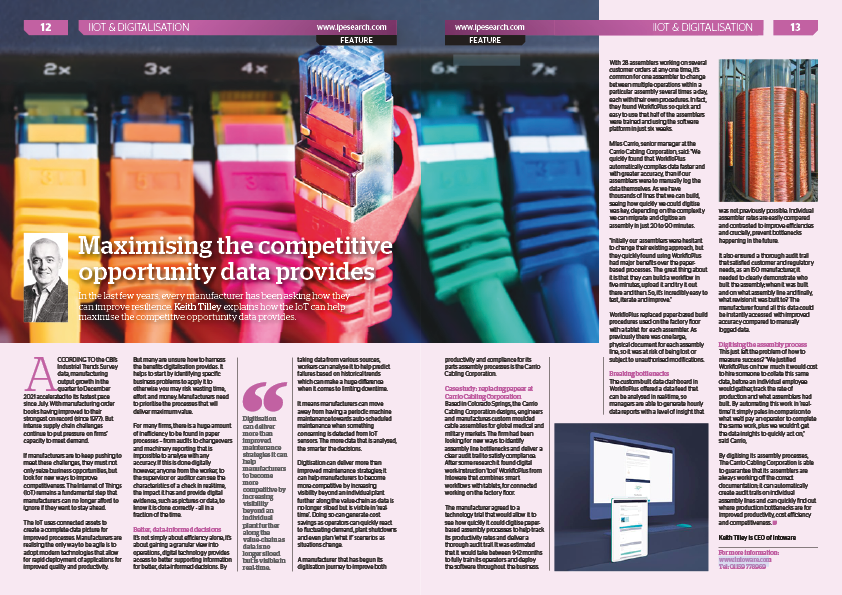
.gif)







